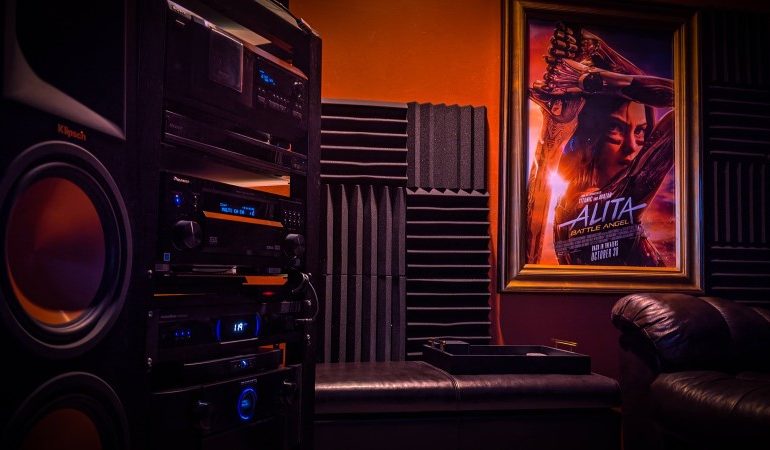Same Brand Home Theater Equipment – Benefits and Drawbacks
Back in the ’90s, it was common to see audio equipment (home theater or stereo) from the same brand, including speakers. All the components were the same size, with the brand badges in the same spot, and matching LED readouts. They may have even had a wired remote control system that let your AV Reciever control everything with a single remote! Those were the days! My first Kenwood system was the height of the ’90s!
Fast forward to today. I still see many forum posts of systems composed of matching components or speakers from one brand. But, is there any advantage to matching your components, speakers, or subwoofers? What are the drawbacks of sticking with one brand of home theater equipment? Let’s discuss!
Why Did We Match Components?
Historically, matching components was the easiest way to ensure compatibility and control over the entire system. Not every component came with IR control or remotes. My first system had remotes for the AV receiver and CD player, but my tape deck, tuner, and EQ did not. Instead, they had a physical cord connected, daisy-chain fashion, from component to component and plugged into the AV receiver. Each brand called their control system it something different (they still do today!), but it all functioned the same way.
The downside to this is that you had to stick to a particular brand to get compatibility and control. For example, I could hook up my Kenwood tape deck to my friend’s Yamaha AV receiver and have sound, but his Yamaha couldn’t control my tape deck because they spoke different languages. Because of this, you tended to pick a brand and stick with it, or you would end up having a tableful of remotes or would have to get up and manually control your media.
What Changed?
HDMI CEC
In 2002 consumers got HDMI consumer electronic control (CEC). CEC promised control for power on/off, volume, and input switching, to name a few. However, in the early, bug-ridden days of HDMI CEC, it was better to stay with the same brands of home theater equipment (specifically electronics) for improved compatibility.

Today, CEC is still buggy and can cause issues, but it’s not as bad. This added reliability means you won’t get locked to the same brand for compatibility and reliability. Instead, you are just as likely to have issues with like-branded equipment as not with CEC. So you might as well get frustrated with two brands! All joking aside, while not perfect, CEC is getting better. Unfortunately, there is no compelling case for sticking to a single brand.
Universal Remotes
The advent of universal remotes made hardwired controls (and CEC) obsolete. For example, you can find and store the IR codes for all your gear in one remote. While not a perfect solution, it generally is more reliable than HDMI CEC. However, issues arose when components moved away from IR to Bluetooth or WiFi control. So you needed the Bluetooth remotes (looking at you PS3).
The real game-changer came with Logitech Harmony remotes and hubs. The remote and hub setup means that all of your devices, IR, WiFi, or Bluetooth, can be used together with a single remote. Even better, you can program the Harmony to run sequences with the push of a single button.
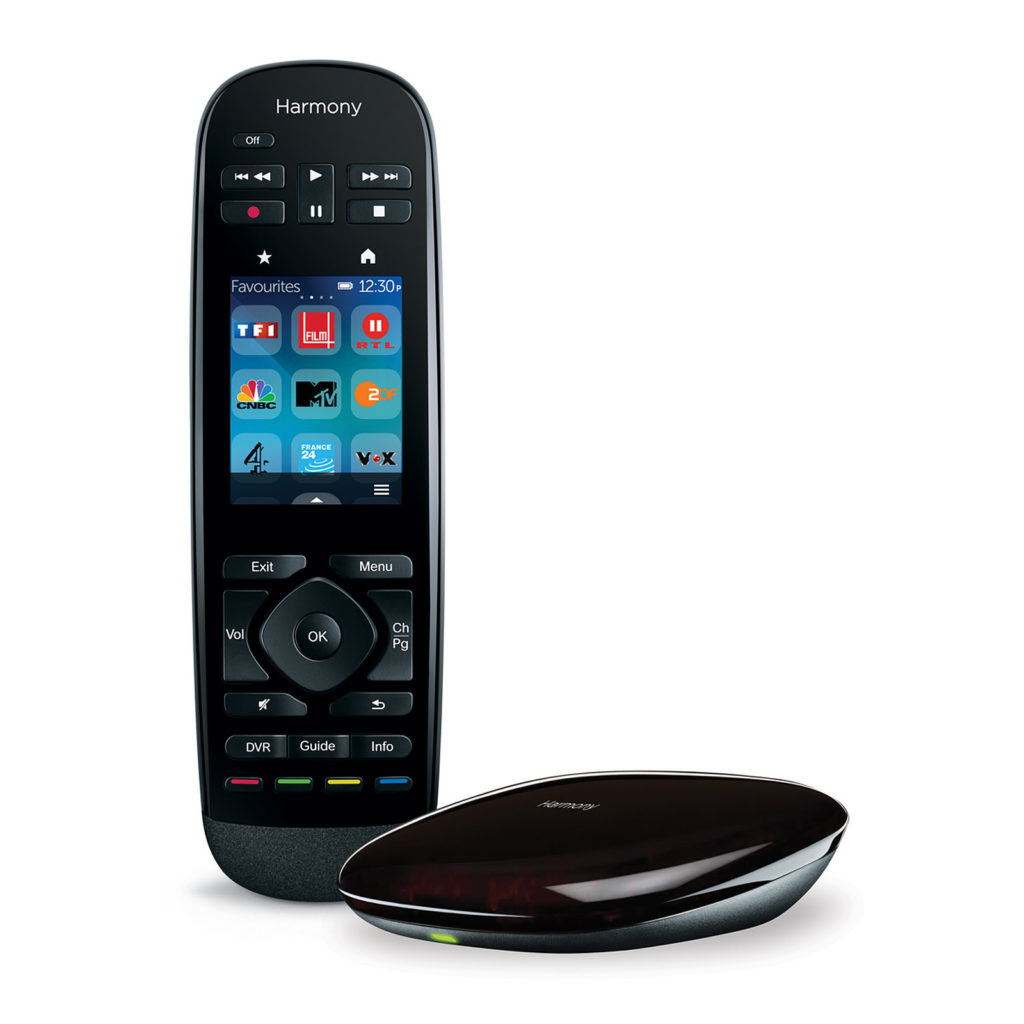
Yes, I realize that Logitech discontinued the Harmony, but there is still support, and new devices get added, so I still recommend one. However, the new Sofabaton X1 is around the corner, so I hope it will be a viable Harmony replacement.
Should I Match Speakers?
Timbre Matching
Ok, so this is a bit of a hotly debated topic. Many purists will say that the only way to get a cohesive soundstage is to timbre match your speakers. They claim the only way to do this is to have speakers from the same brand, line, and version.
Others will say that you can successfully mix speakers without fear of a timbre mismatch if you have speakers with similar specs and measurements. But who is right?
Well, as with most things, it depends. I have owned or auditioned over a dozen different speakers from different brands over the years. In some cases, yes, I could hear a significant difference. This difference was because the speakers were vastly different in measurements. Some have a curve with exaggerated bass and treble – what we call bright or bassy. Others were flat – or what we call neutral.
Guess what? The bright speakers only played nicely with their own brands, while the neutral ones mixed and matched very well with others. So, for example, I paired KEF LS50s with a Paradigm Monitor center, and I didn’t hear a difference. The truth is that some home theater equipment brands play nice with others, while some do not. Mostly by design.
Surround / Overhead Speakers
Here is another hotly debated topic. Some will say that you MUST match all your speakers, including surround and overheads, for the most “cohesive” sound. On the other side are those who will tell you that timbre matching for ambient sounds is not critical.
In my experience, surround sound and Atmos as supposed to be subtle. This subtlety means that most speakers should be able to play those sounds and have a decent enough match with your front soundstage. However, you might hear a difference if you have a front soundstage with a distinct sound signature (the bright or bassy mentioned above). In that case, timbre matching surround speakers may make sense.
Subwoofers
Back in the ’90s, few companies specialized only in subwoofers. So it made sense to stick with the same brand. Some thought this meant ensuring compatibility, I found that I tended to get a better deal.
Today, there are some companies whose bread and butter is the subwoofer. They can produce subwoofers that are lower cost, have better performance, and can trounce anything that most loudspeaker companies offer. Most importantly timbre matching is not a thing with subwoofers! The bass notes they play are omnidirectional so they don’t have to match the brand of the other home theater equipment in your system.
Where matching does make sense to match is with dual subwoofers. By matching subwoofers from the same brand, you ensure they have the same capabilities and specs, and making them play nicely together is more effortless. However, you can easily match subwoofers from different brands if they have similar capabilities. For example, I quickly integrated the Monolith By Monoprice V2 10″ subwoofer with my SVS PB 1000 10″ subwoofer. But again, they are very similar in specs, making it easier to set up.

Aesthetics
Aesthetics makes for a compelling argument to match speakers. For example, my first set of speakers was a matching 5.0 Paradigm Monitor v5. Aside from being timbre matched, all of the drivers looked cool with the grills off. And having matching speakers made me happy!
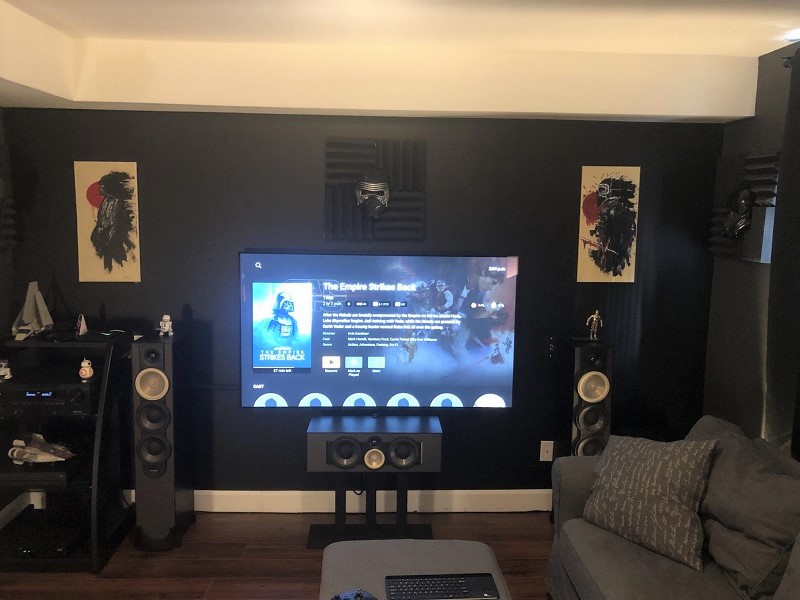
Then I got the KEF LS50s, and those copper drivers didn’t match aesthetically with my Paradigm center, so I bought another pair of LS50s to match. But let me be clear here. I couldn’t distinguish between the speakers, sound-wise. So I spent the money to match speakers!
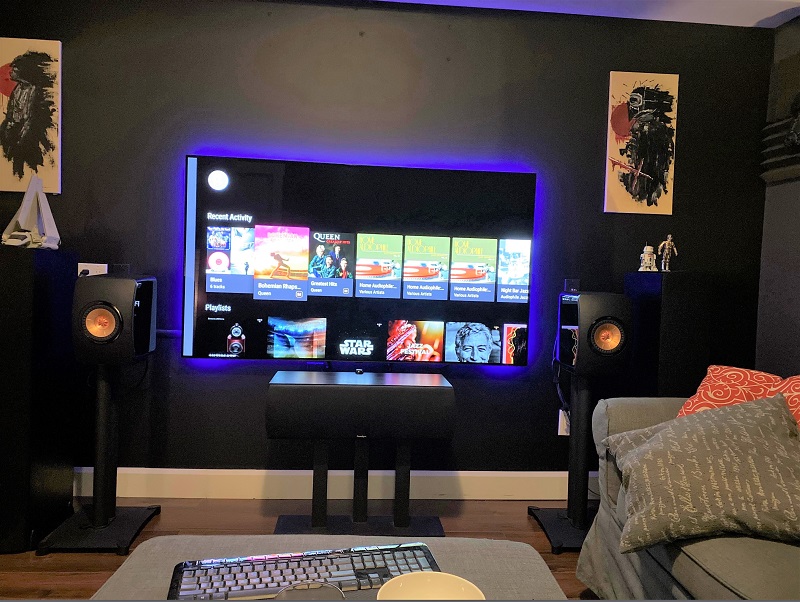

But it didn’t stop there. I loved the LS50s, and they sounded great. But I had an image of what I wanted my front soundstage to look like, so I bought all brand new speakers based chiefly on aesthetics!

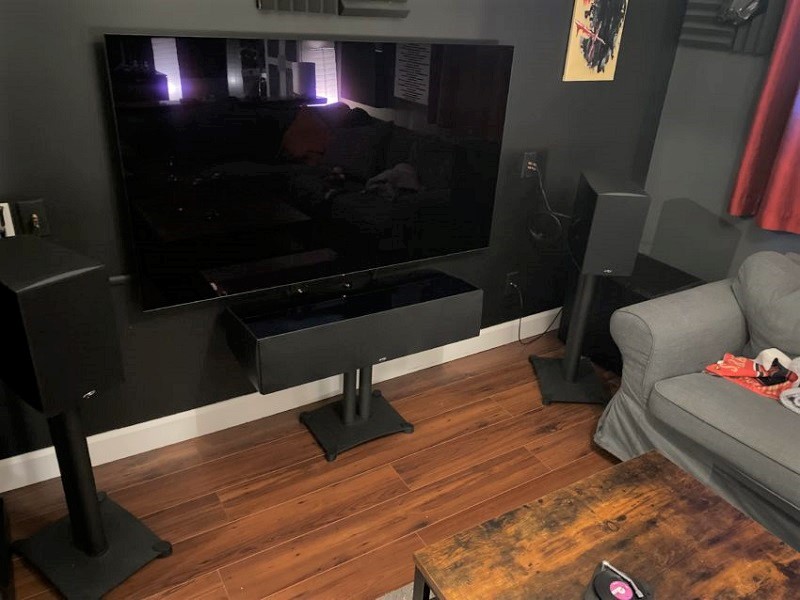
In my defense, I sold all of my other speakers for the same or more than I paid, so it was neutral in terms of cost. But that’s a lot of work (and room correction remeasuring) for no difference in sound. So if you want all of your speakers to have matching drivers, finishes, or any other purely aesthetic reason to change your setup, I won’t judge you. Just understand that it could be an expensive endeavor for little or no change in sound quality.
Matching Speakers Drawbacks
Cost is one of the significant drawbacks of matching all your home theater equipment by brand, front soundstage speakers, surround speakers, overheads, and subwoofers. For example, you might overpay for feature sets that you don’t need in your components, and compatibility is not the issue it used to be.
And in my experience, most overhead or surround speakers from major speaker brands are overpriced and perform just as well as their cheaper entry-level brethren. So you are paying for aesthetics at this point.
My experience with subwoofers has been that when buy your subwoofer from the brand that made your speakers (save for SVS, Monorprice, or HSU), the price to performance ratio is not in your favor. As I said before, you are better off looking at subwoofers from companies that specialize in subwoofers. They will generally have enough manufacturing volume to keep prices low, and they prioritize performance above all else!
Our Take
There are more drawbacks than advantages to matching brands of all of your home theater equipment. Experience tells me that you will pay more for less performance, which is not a winning combo! There is some validity to timbre matching your front soundstage. But, spending extra to say your entire system is the same brand is a costly flex. Especially when no one, yourself included, will ever notice.
But I don’t want to be a hypocrite. I have upgraded my speakers three times in three years because of aesthetics. So if you’re going to have matching speakers because you like how they look, I can get behind that. You acknowledge that you are paying more for the speaker’s look, and that’s ok because you are going in, eyes wide open!
In the end, it’s your space, and if you are happy with it, that is what matters!

